Cumin (zireh) is a versatile spice available in two primary types: black cumin (zireh siah) and green cumin (zireh sabz). Black cumin, smaller and darker, has an intense, slightly bitter flavor and is commonly grown in regions like Kerman. It is often used in traditional dishes and herbal remedies. Green cumin, larger and lighter, has a milder, earthy aroma, making it a popular choice in various spice blends and recipes. Both types of cumin are integral to Iranian cuisine and valued for their health benefits, including aiding digestion and boosting immunity, highlighting Iran’s diverse agricultural offerings.
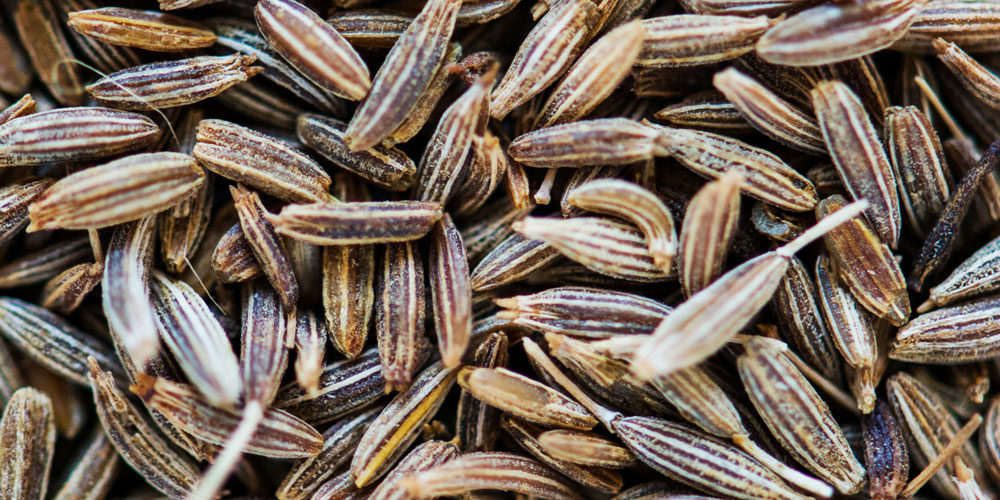
Cumin seeds are small, elongated, and dark brown, with a distinctive earthy aroma and warm, slightly peppery flavor. They are widely used in Iranian cooking, enhancing dishes like stews, soups, and rice. Sabzi polo (herbed rice) and khoresht (stews) often include cumin to add depth and complexity to their flavors. Cumin is also used in spice blends such as advieh, a mix that enriches the taste of various traditional dishes.
Beyond its culinary significance, cumin is renowned for its medicinal properties. It is rich in antioxidants, aids digestion, boosts immunity, and may help regulate blood sugar levels. These health benefits make it a favored spice in traditional remedies and modern wellness trends.
Iran, particularly the provinces of Kerman and Yazd, is known for producing high-quality cumin, thanks to its favorable climate and fertile soils. The cultivation and harvesting of cumin require meticulous attention to ensure optimal quality, from planting to drying and packaging.
While our core expertise lies in fresh fruits, we appreciate how complementary products like cumin enhance the versatility of fruit-based dishes and offer a richer culinary experience. By integrating high-quality spices like cumin into the broader spectrum of Iran’s agricultural heritage, we aim to highlight the richness and diversity of the country's offerings to domestic and international markets.
Other Product
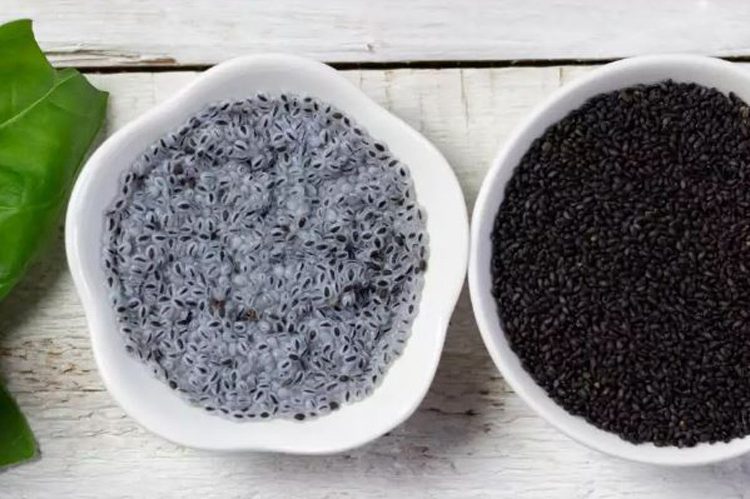
Basil Seeds
Iranian Basil Seeds: A Superfood with Tradition As a leading producer of basil seeds in Iran, our company is dedicated...
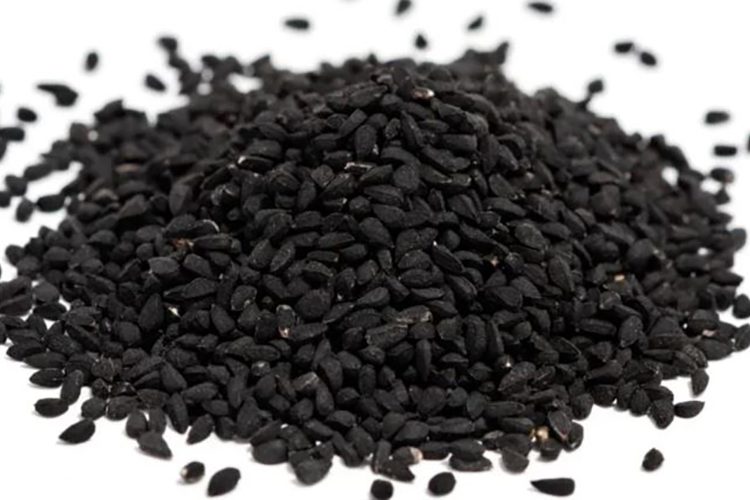
Black Cumin Seeds
Iranian Black Cumin Seeds: A Tradition of Quality As one of the leading black cumin seed (nigella sativa) producers in...
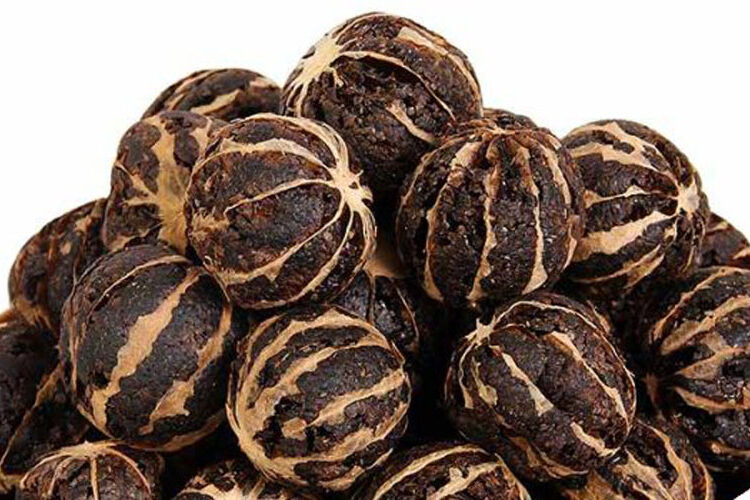
Dried lemon
Dried lime, known as limoo amani in Persian, is a staple ingredient in Iranian cuisine, prized for its distinct tangy...

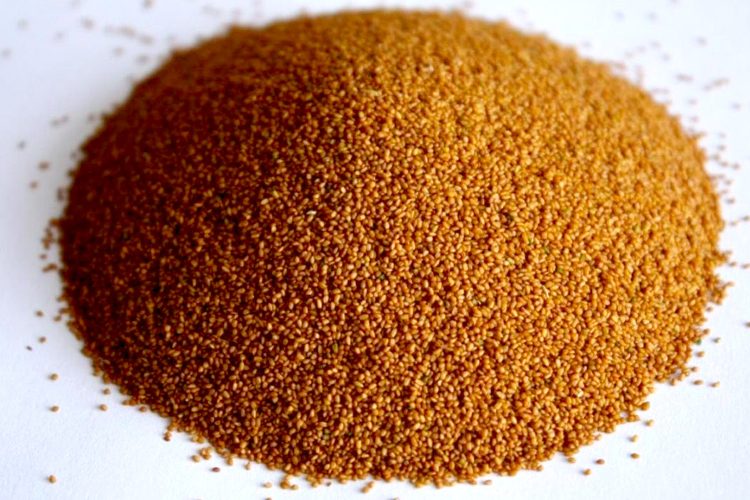
Flixweed Seeds
Iranian Flixweed Seeds: Nature’s Hidden Gem As a leading producer of Flixweed seeds in Iran, our company is committed to...

